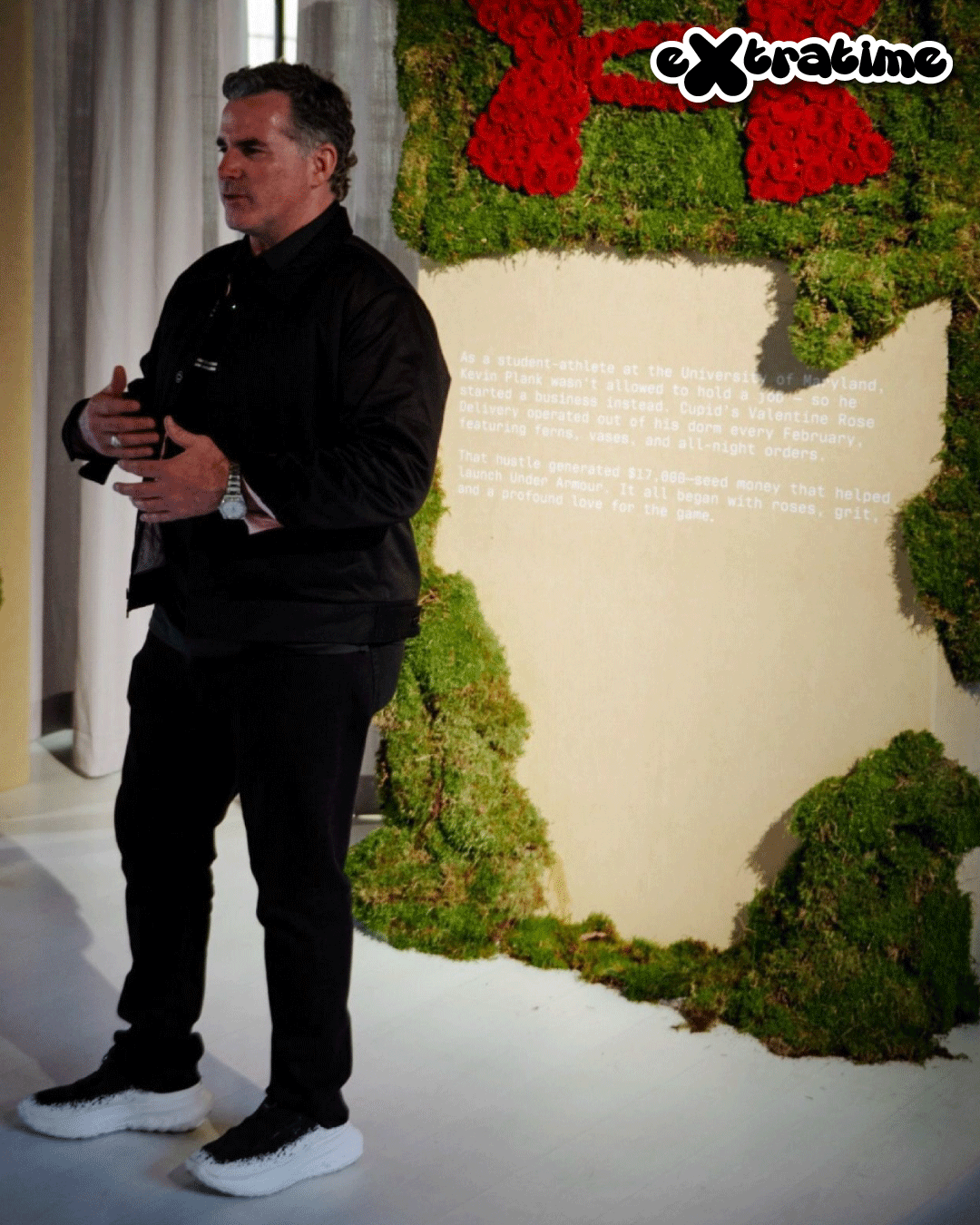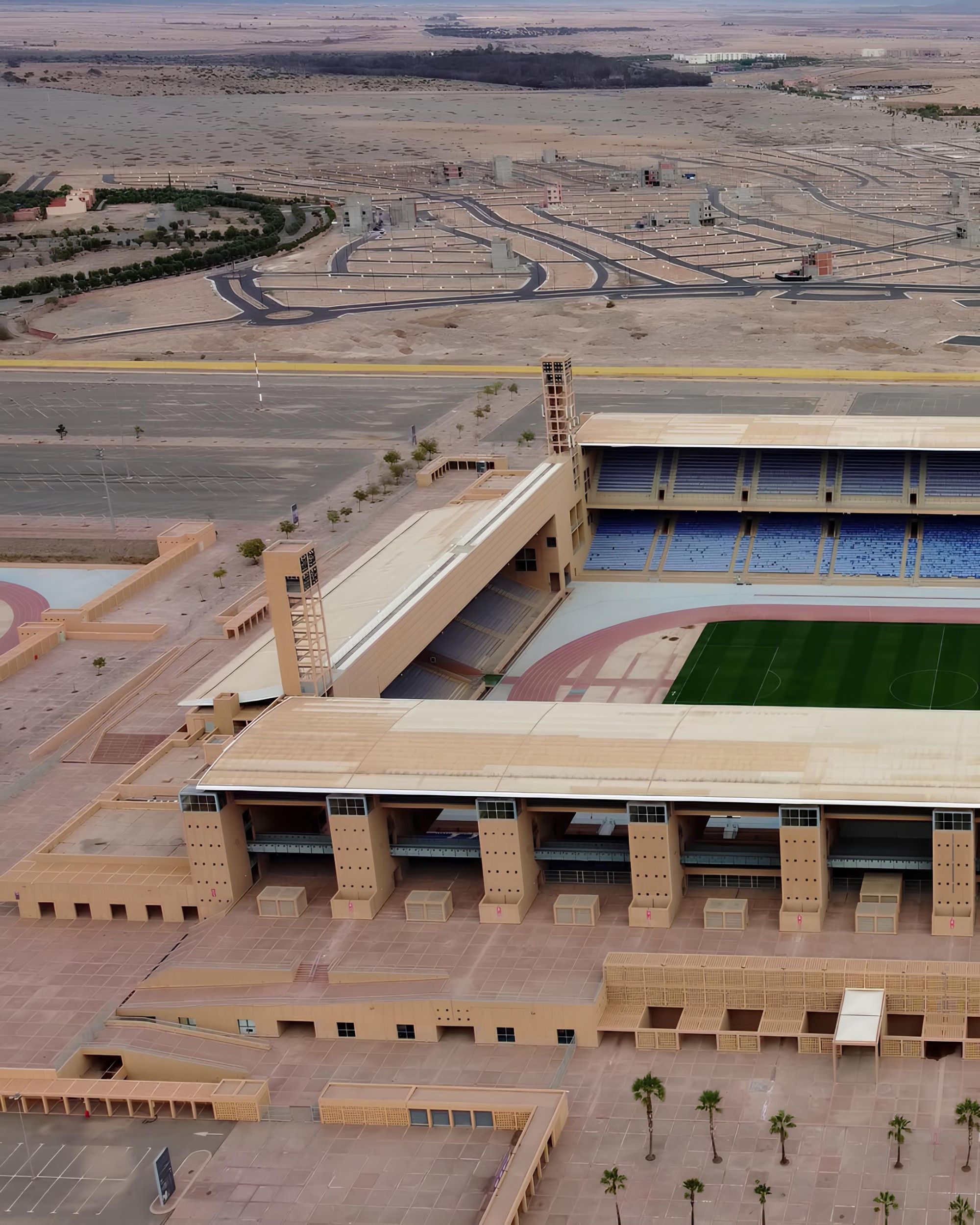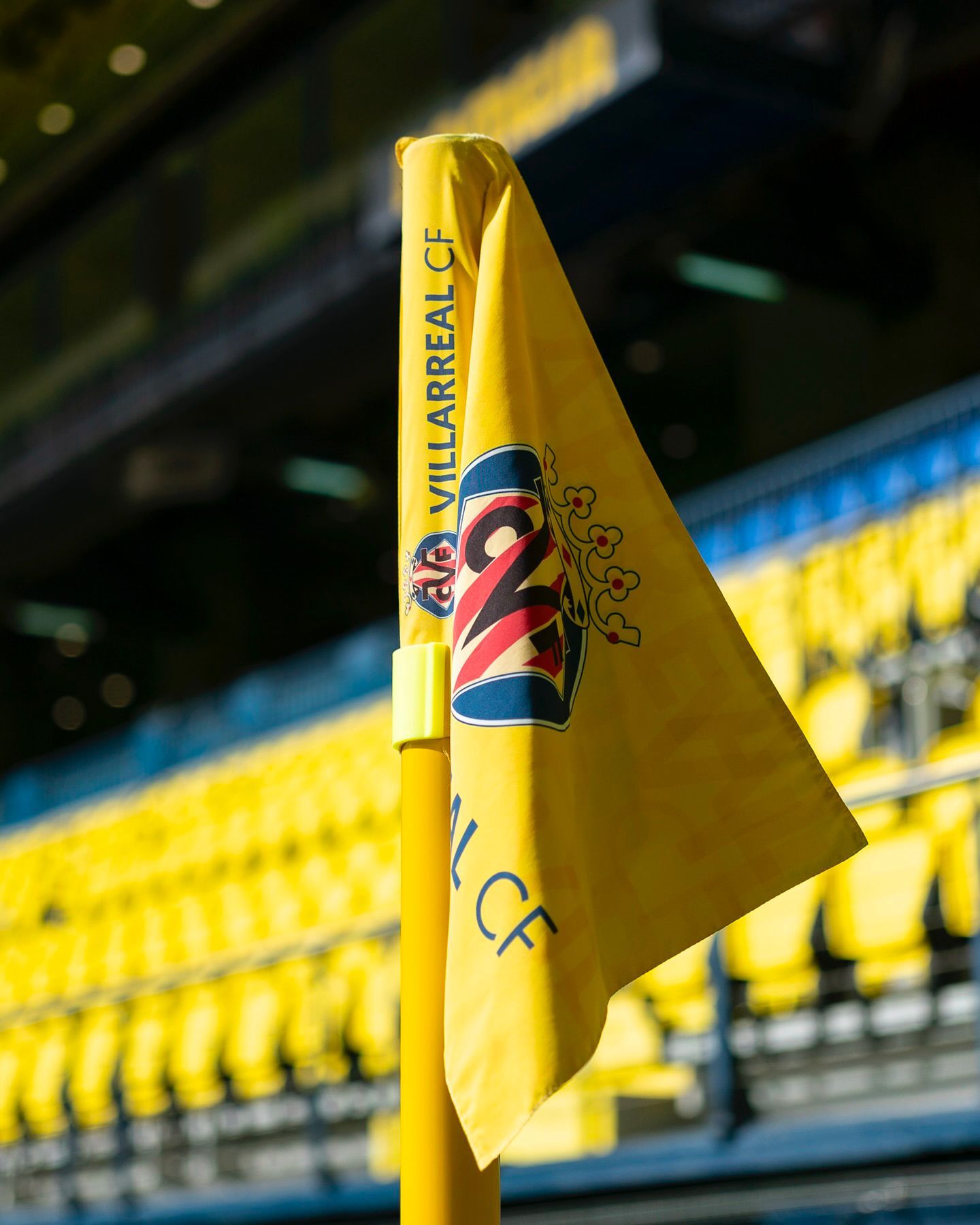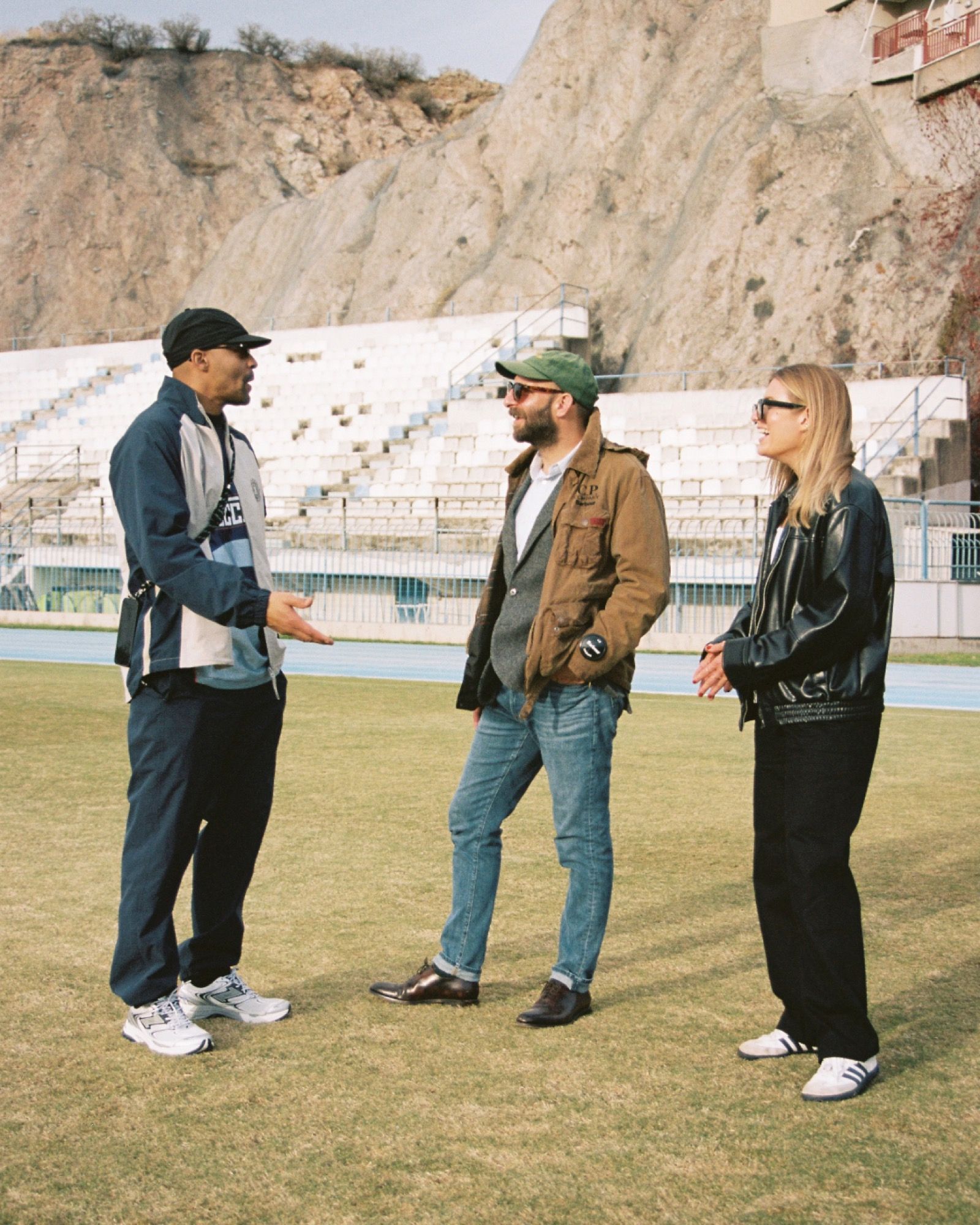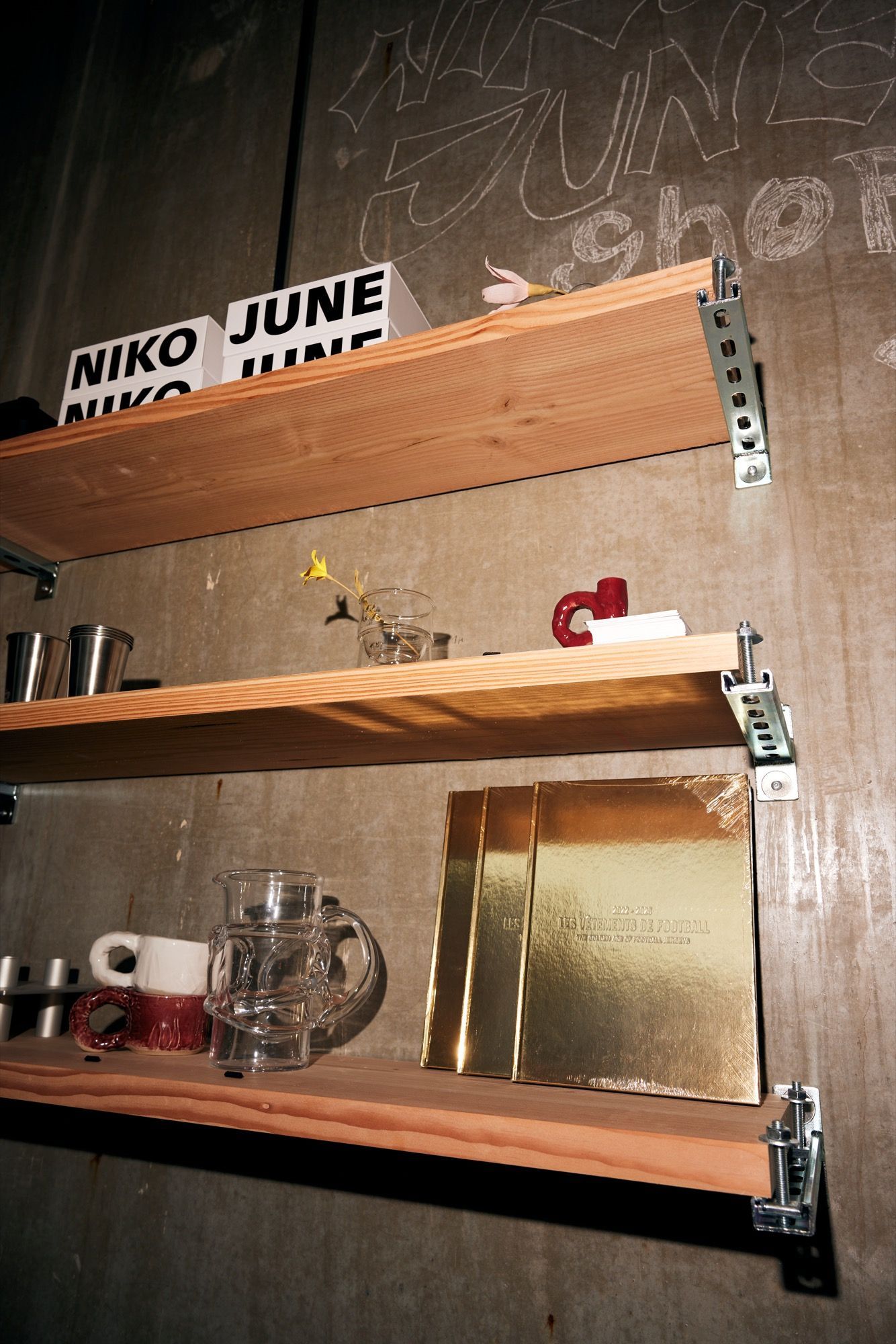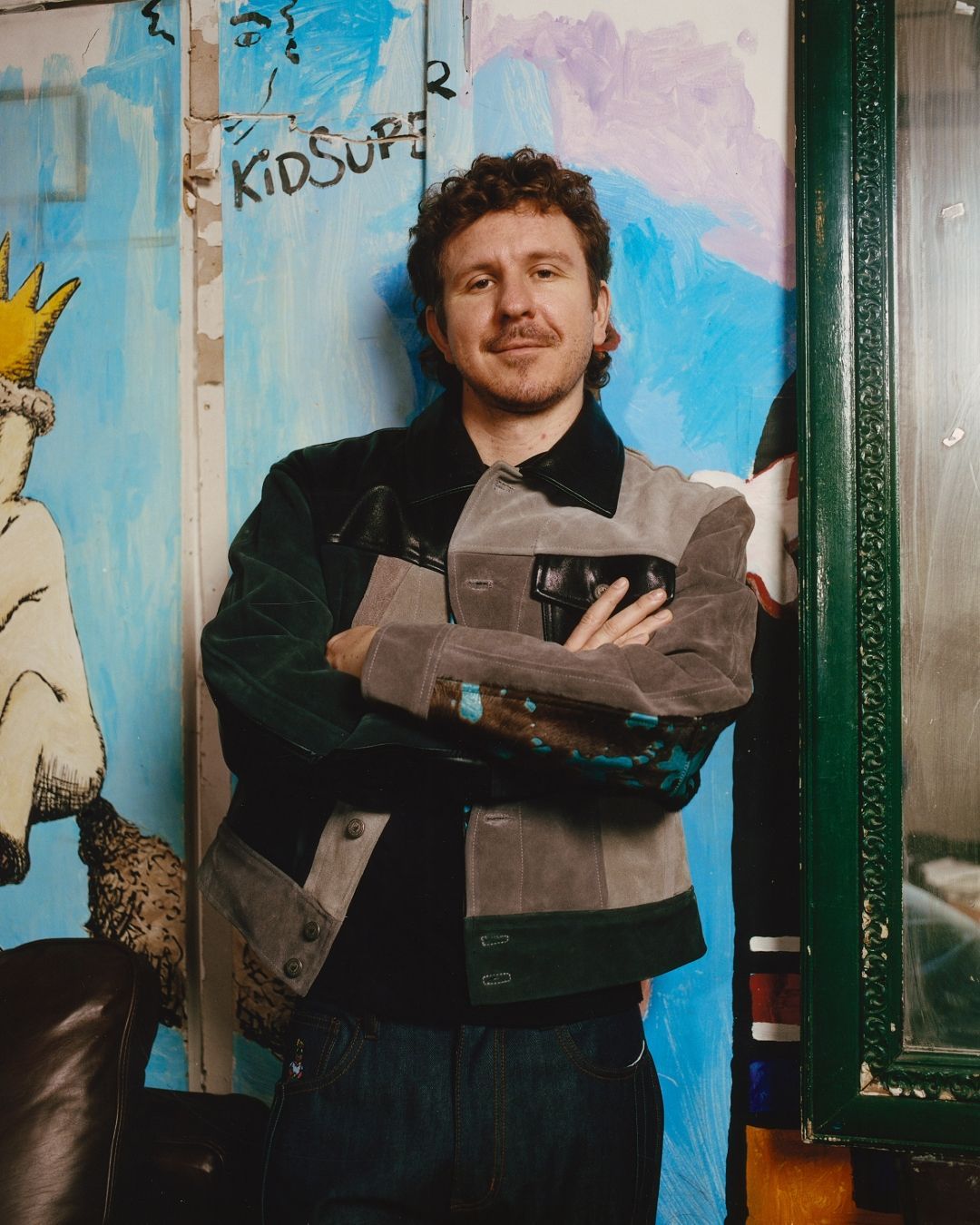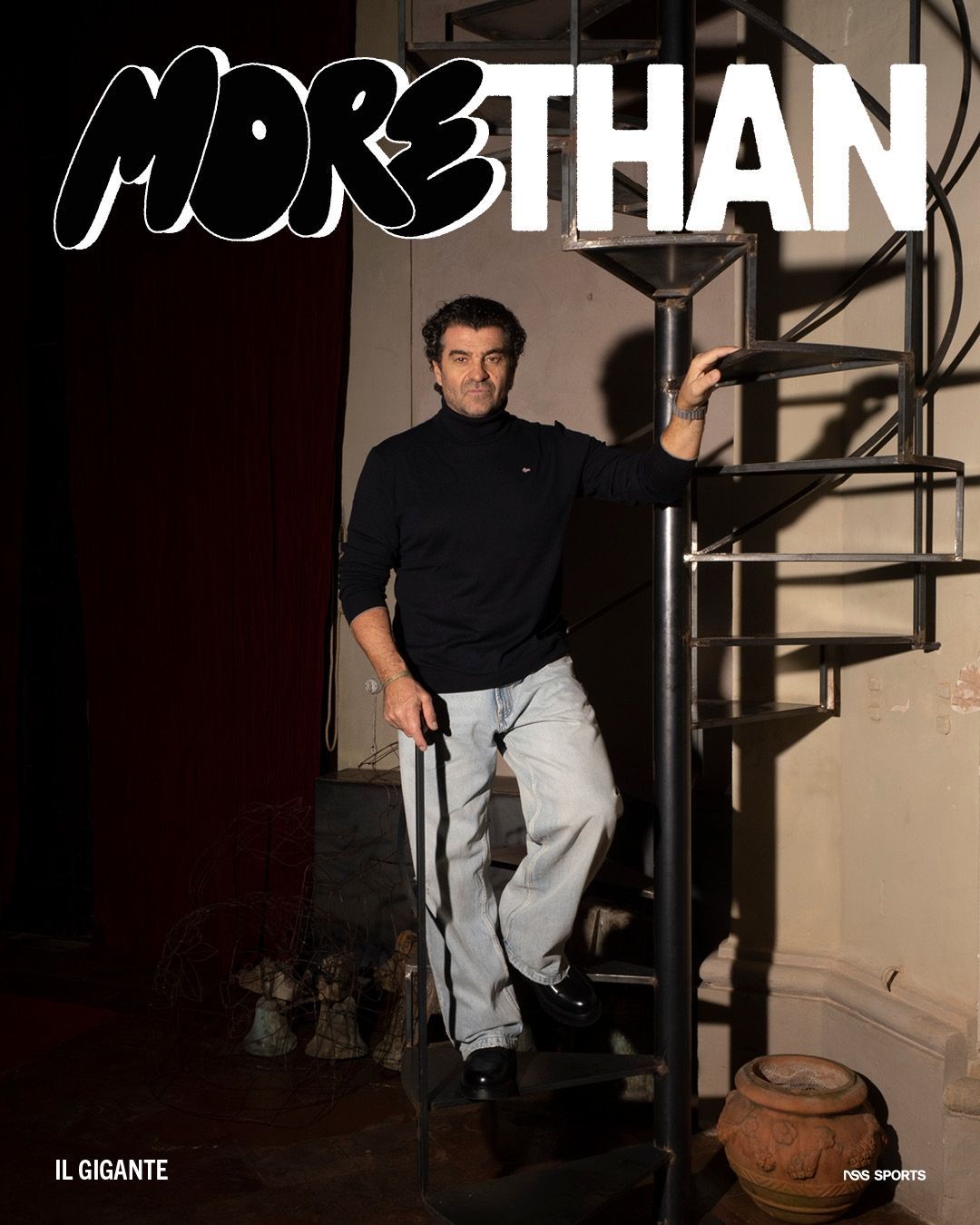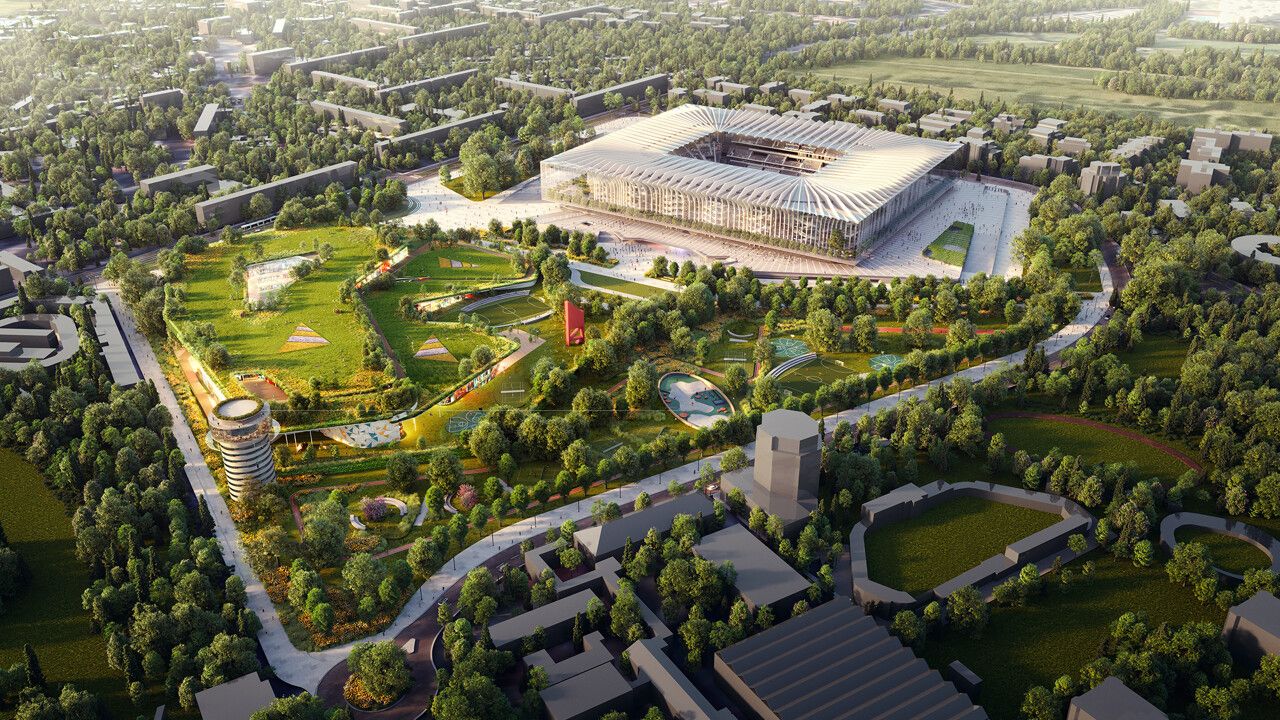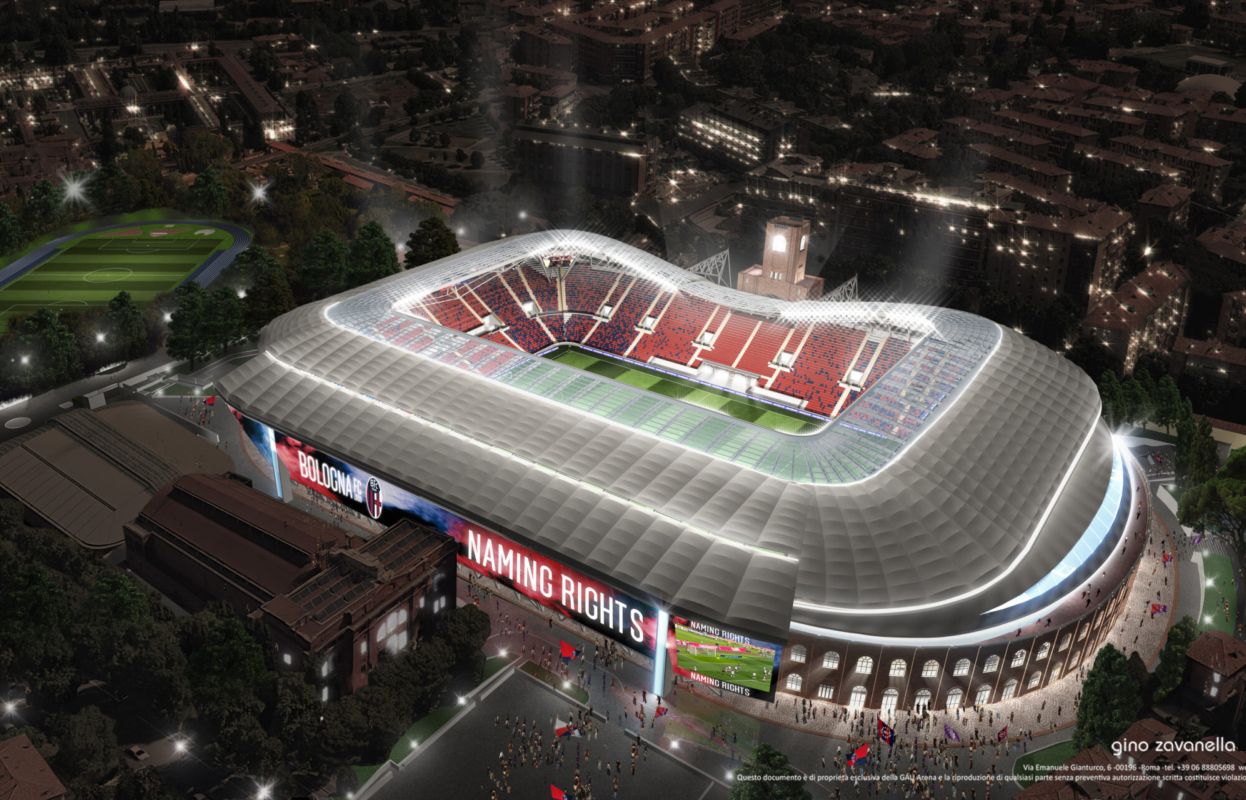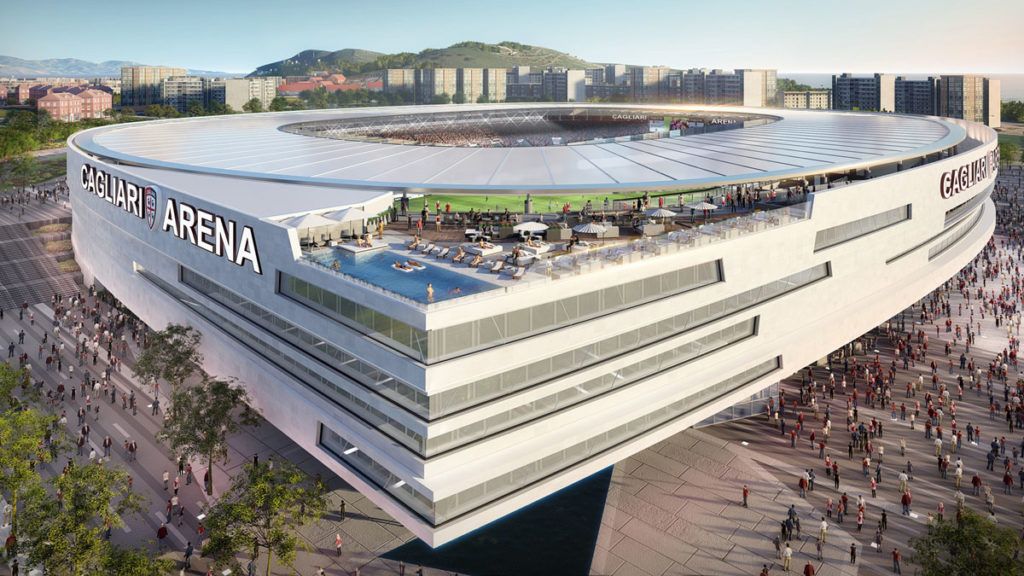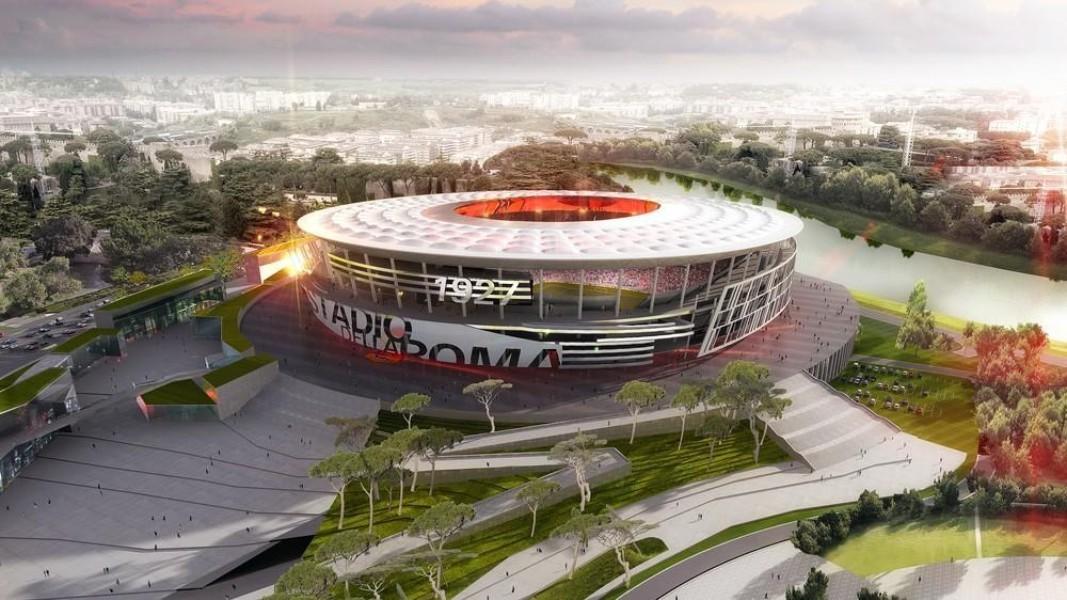
New stadiums are being built all over Europe except in Italy It is estimated that more than 2.5 billion euros have been allocated by European clubs to renovate facilities
Although the pandemic has drained the coffers of almost every football club in Europe, this 2022 has not slowed down the construction of new stadiums around the old continent. In both the Premier League, Spanish La Liga and Ligue 1, various teams are pursuing new projects or renovations of old facilities for an estimated investment figure that will exceed 2.5 billion euros. Unfortunately, this list is missing Italian teams, which at the moment have not yet begun work on their planned facilities. In fact, there are plans to intervene both in Cagliari, with the new stadium signed Sportium, and in Bologna, where the restyling of the Dall'Ara stadium will begin shortly, but both projects are still on paper, while for Milan and Inter, as well as for Rome and Lazio, the intentions of the clubs have not yet led to a real solution.
Having a stadium owned by the club nowadays has become more than just a whim, however, but a necessity for survival thanks to the revenue that such a structure can guarantee. Moreover, it can become a driving force for the city's economy, requalifying deserted areas of the city and creating new jobs. These were the reasons that led Everton to finalize the stadium that will replace Goodison Park, the home of the Toffees since 1892, after 25 years of planning and work. The new stadium, which cost 600 million euros, will be built on the banks of the Mersey River and will be able to accommodate up to 52000 spectators. According to the estimates of the Liverpool club, this new structure will give a new impetus to city life by creating up to 15 thousand new jobs and consequent money.
The second most expensive investment has been made by Valencia, which has allocated 300 million euros for the construction of the Nou Mestalla. A long-standing project that, after numerous delays, essentially due to the economic precariousness of the Spanish team, will finally reach its conclusion in 2026. It will host 55000 bat supporters every night. Nimes, certainly not a continental soccer powerhouse, has also made a large outlay of over 250 million euros to demolish the old Stade des Costières and build a structure ready for 2026. In the meantime, a temporary stadium will be set up that can hold up to 9400 spectators.
AEK Athens is also completing the brand new Agia Sofia Stadium, built on the ashes of the historic Nikos Goumas Stadium, at a cost of almost 82 million euros, while Club Brugge has spent 100 million euros to build a 40000 spectator stadium where the Jan Breydel Stadion used to be. These are important investments for less than first-rate realities that demonstrate once again how modern and high-performance structures are becoming more and more widespread in Europe and how Italian immobilism could prove, sooner or later, to be fatal.





